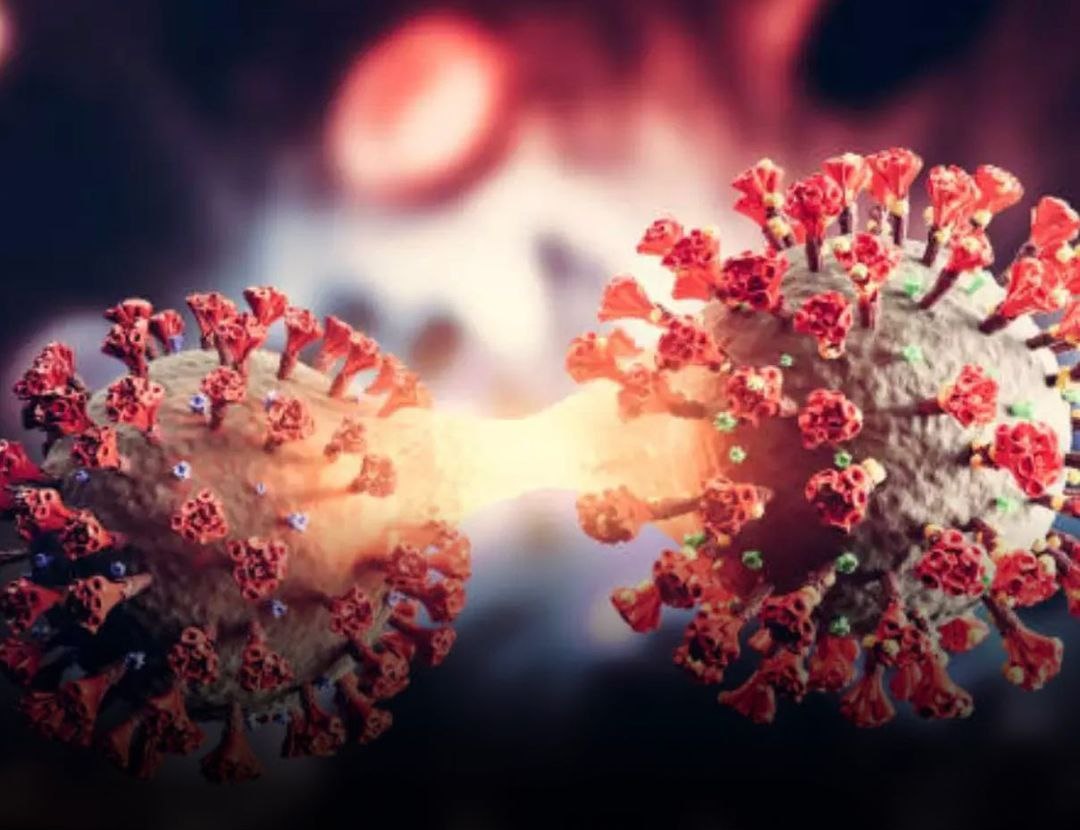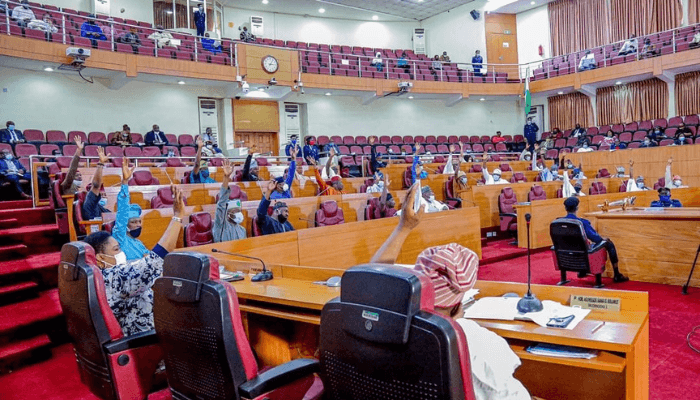The World Health Organization (WHO) has raised concerns over the spread of a new COVID-19 variant, NB.1.8.1, now classified as a “variant under monitoring” due to its growing presence globally and its potential to evade immunity from past infections or vaccinations.
The variant, a descendant of the Omicron JN.1 lineage first identified in January, is spreading rapidly in parts of Southeast Asia, the Western Pacific, and the Eastern Mediterranean. Countries seeing notable increases include Cambodia, China, Hong Kong, and Singapore.
According to WHO data, NB.1.8.1 made up 10.7% of sequenced global COVID-19 cases between April 21 and 27—up from just 2.5% a month earlier. While the strain is more transmissible, WHO says there is no evidence it causes more severe illness compared to previous variants.
Common symptoms reported include sore throat, fatigue, fever, mild cough, muscle aches, nasal congestion, and, in some cases, gastrointestinal issues.
In China, where the variant is currently dominant, some doctors report patients experiencing intensely painful sore throats.
The U.S. Centers for Disease Control (CDC) has also confirmed small numbers of NB.1.8.1 cases, including among travelers arriving in states such as California, Virginia, Washington, and New York. In Australia, the variant accounts for over 40% of COVID-19 cases in Victoria and is now the dominant strain in wastewater samples from Perth.
Despite the rise in cases, both NB.1.8.1 and the currently dominant global variant LP.8.1 have not shown signs of posing an increased public health threat compared to other circulating strains. However, countries like South Korea are stepping up monitoring of infections in neighboring regions, particularly China and Hong Kong.
The Chinese CDC has not disclosed rates of hospitalizations or deaths related to NB.1.8.1, amid ongoing concerns about the transparency of its reporting throughout the pandemic.





